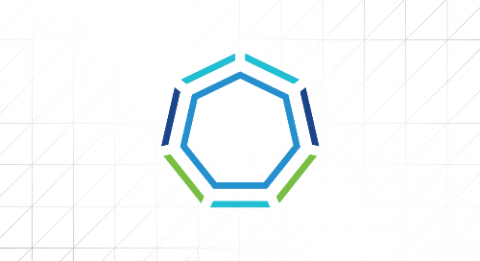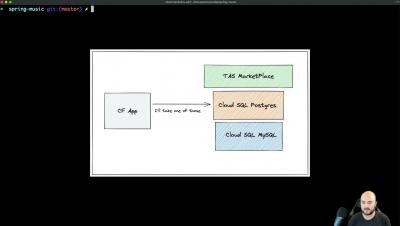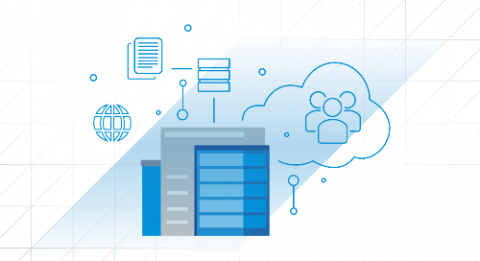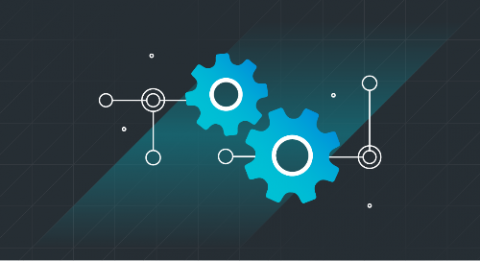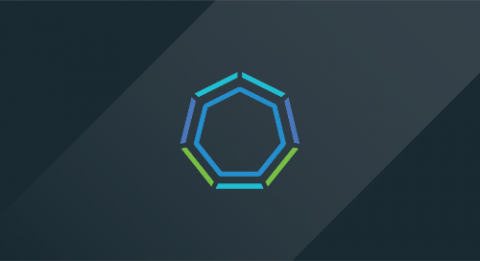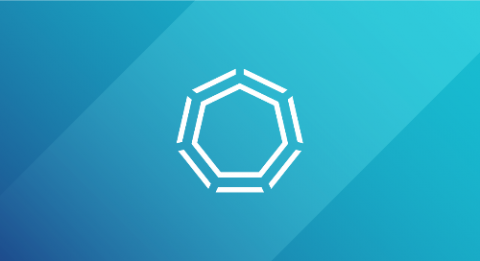Operations | Monitoring | ITSM | DevOps | Cloud
May 2022
Build, Run, and Manage Geo-Distributed Modern Apps with Redis and VMware Tanzu
Today’s developers use tools such as VMware Tanzu Application Platform and the Spring framework to build modern applications. However, to build best-of-breed, intelligent, data-centric applications, developers must utilize a unified, in-memory data layer. This enables development teams to truly scale their applications with the pace of business, especially when that business extends across the globe.
Tanzu Talk - What is DevSecOps? Part 02: Automating Verification and Guardrails
Demo: VMware Tanzu Cloud Service Broker for Google Cloud Platform
Enlightning: What Is Observability?
Identifying Trends in Energy with Advanced Observability
Hive smart meters revolutionized the way customers control their energy use. But since their launch in 2012 by UK energy company British Gas, advances in cloud technology and a rapid increase in the number of smart homes has led to an explosion of data.
Creating a Platform Team to Support a Modern Application Platform
To provide world-class developer experiences and get applications to production quickly and securely, you need a team of experts devoted to running your platform as a product. For organizations that build and publish software at scale, developing the tech stack on which developers will create applications and push them to production is often the main focus.
How Infrastructure Virtualization Accelerates Data Science: VMware Tanzu and Domino Data Lab
Scaling data science is hard. From natural language processing for model-driven policy approvals to image classification in biotechnology to supply chain risk and anomaly detection in advanced manufacturing, data science brings tremendous promise—but not without challenges. Only 21 percent of businesses are gaining a major competitive advantage through the use of data and analytics tools, according to a recent survey.
Beyond CI/CD: The Software Supply Chain Is the Enterprise Path to Production
For those managing enterprise software development organizations, the concept of software supply chains—that is, the set of sources and actions that take software from “raw materials” to a finished product—might represent an abstract concept. While this definition is essentially correct, it doesn’t do enough to explain how supply chains can be complementary to your existing continuous integration and continuous deployment (CI/CD) environments.
As Kubernetes Becomes Ubiquitous, VMware Aims to Solve New Challenges
You can tell the maturity of something by its challenges. For example, the problems of a 27-year-old are different from those of a 47-year-old. In case it’s not clear, this is my attempt at making a relatable analogy to the maturity of Kubernetes. Though, it might be more accurate to say Kubernetes has reached a point of ubiquity; industry analyst research, foundation surveys, and studies including VMware’s 2022 State of Kubernetes report certainly indicate such.
What Happens When a Physical Node Fails in VMware vSphere with Tanzu?
Picture this… You just got your second cup of coffee and you’re walking back to your desk. The phone in your pocket begins vibrating as a flurry of emails show services are bouncing. The notifications say services were down but are now back up. You hustle back to your desk, spill a little coffee on your notepad, and open the VMware vSphere client to see a host in a disconnected state.



